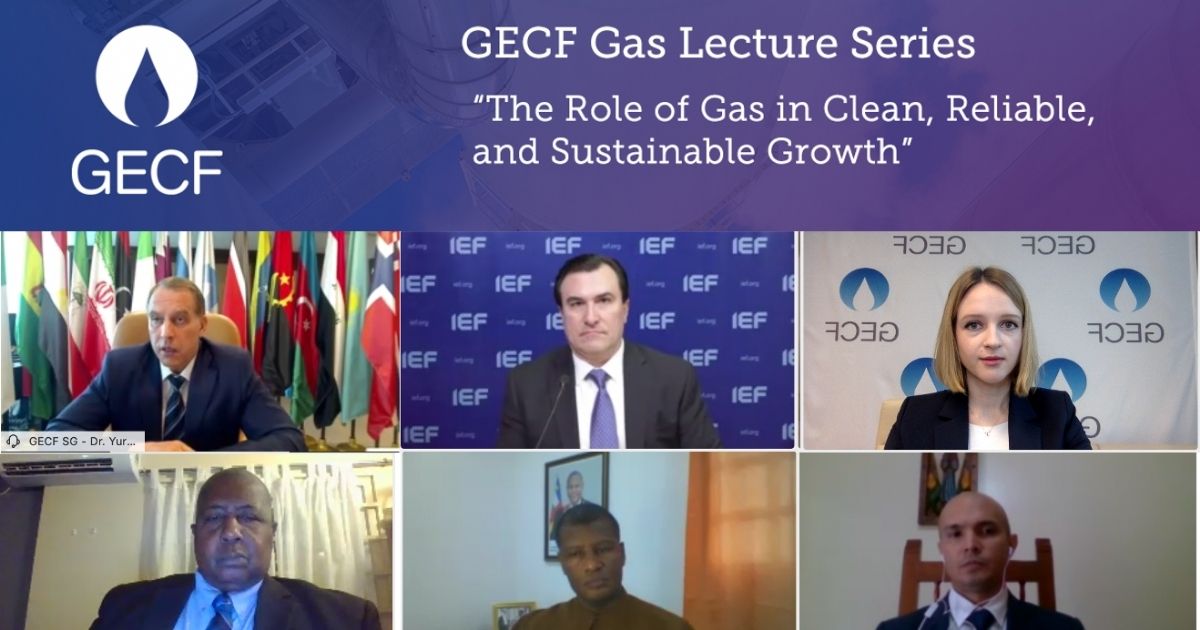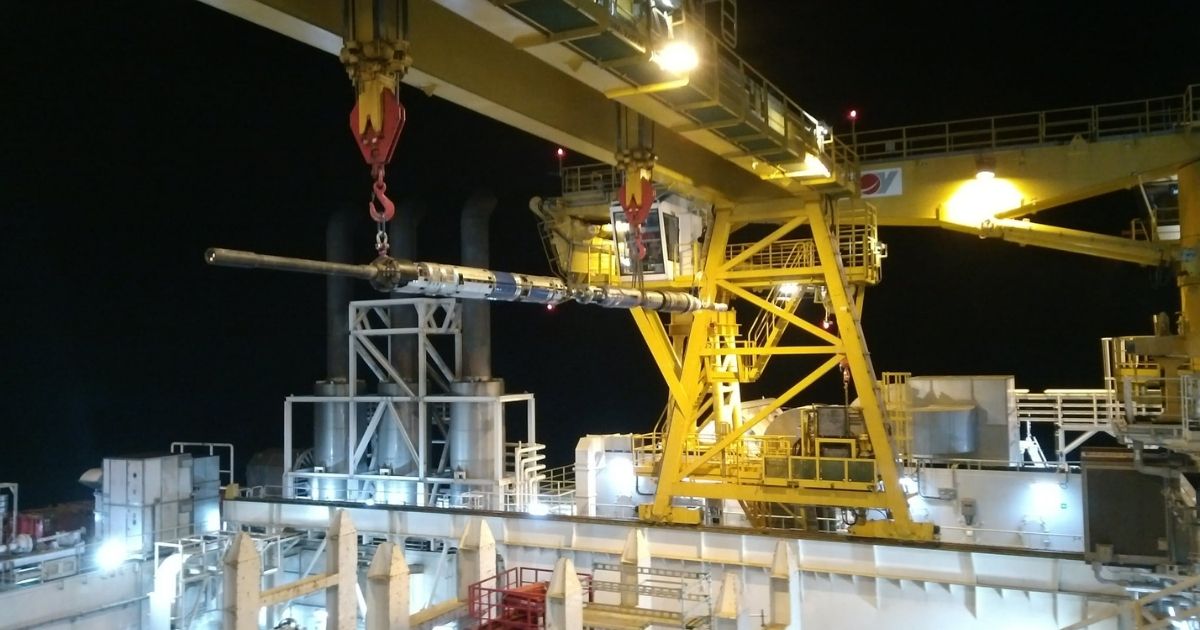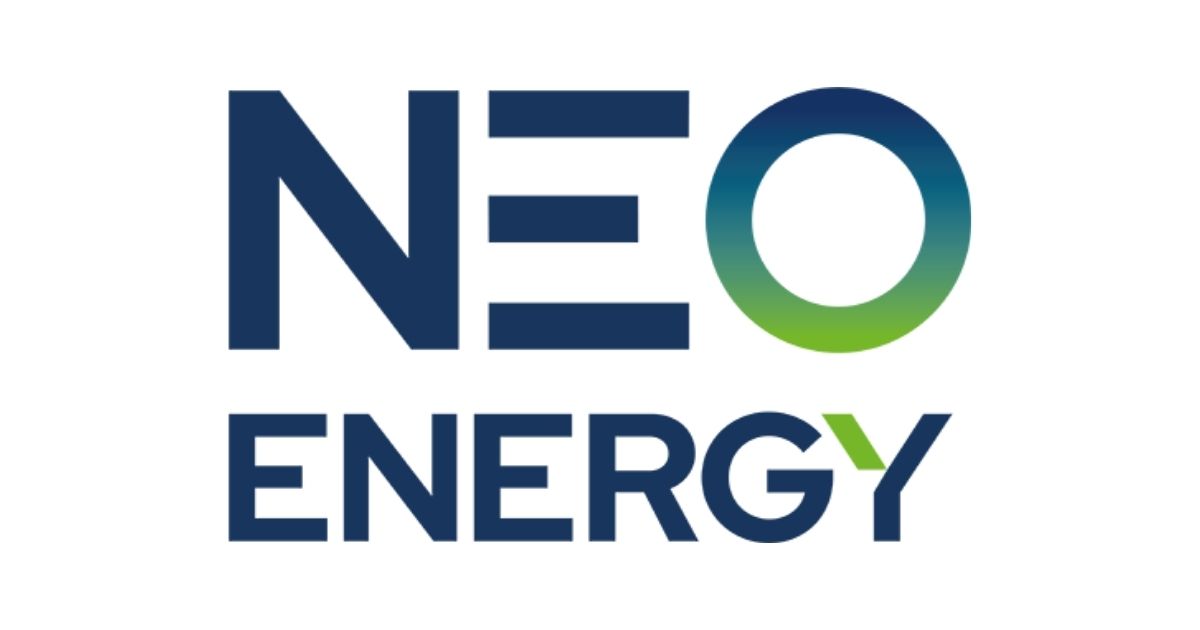The Society for Underwater Technology (SUT) has launched a foundation level virtual Subsea Awareness Course (SAC) based on its highly successful face-to-face five-day course which has seen over a thousand delegates during more than 20 years.
As Cheryl Burgess, Chief Executive of SUT explained: “Like the face-to-face course the 5-session virtual SAC is aimed at new entrants who are already technically qualified but just entering the offshore energy industry and/or the subsea sector; technically qualified experienced personnel undergoing a technology transfer and conversion process into the subsea sector; and non-technical personnel from legal or finance sectors who regularly deal with the subsea sector and are eager to find out more.”
Week 1 of the first virtual SAC will run on the mornings of Tuesday 6th, Wednesday 7th and Thursday 8th April; and will be followed by two sessions on 13th and 14th April. The syllabus for the five 3-hour sessions embraces subsea production equipment and systems; flow assurance; pipelines and risers; construction and installation; metocean; renewables and future technology trends; and operation, maintenance, and decommissioning. Future virtual 5-session SACs will be held at regular intervals.
 Cheryl Burgess, SUT’s Chief Executive
Cheryl Burgess, SUT’s Chief Executive
Looking back at responses to the face-to-face course Cheryl Burgess explained:
“The face-to-face SAC has been attended by delegates from across the UK and from further afield including Angola, Azerbaijan, Egypt and Norway from oil and gas operating companies, from major contractors and organisations from throughout the supply chain. The SAC has attracted accolades in plenty – the following being very typical:
- A great course from which to gain a thorough understanding of the existing technologies that can help solve current problems
- Extremely helpful and definitely recommended for people of all disciplines
- The presenters were excellent, and the course material was at a very professional level
- Great course and great instructors
- Well organised and the presenters made learning about subsea enjoyable
- This course increased subsea vision and understanding
- It helped me improve and consolidate my existing knowledge
“We are confident that the virtual course, available globally presented by industry leading figures, fills the void resulting from the COVID-19 pandemic.”
The virtual course will be presented by specialists from across the sector from operators, contractors, and technology system suppliers, many of whom are recognised Technical Authorities (TA). The course fee for SUT members is £715 and £845 for non-members (excluding VAT where chargeable). It is CPD approved. Registration for the virtual SAC is at https://www.sut.org/virtual-subsea-awareness-course/
Two other SUT virtual SACs are currently under development, one for the offshore wind industry and the second for the insurance industry. Both will be launched in the next few months.
SUT’s Houston and Perth (Australia) branches also run SAC face-to-face courses dates and details are available on the SUT’s website at www.sut.org



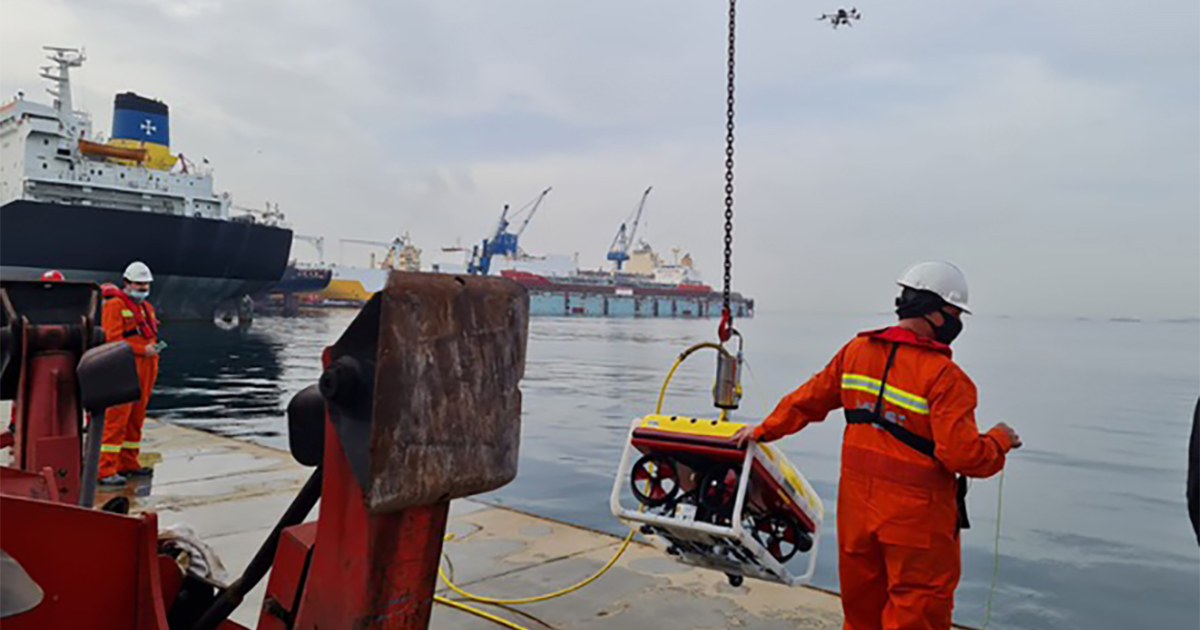
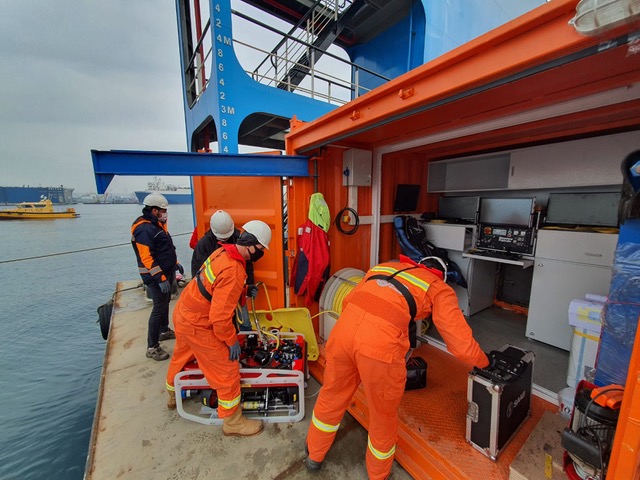




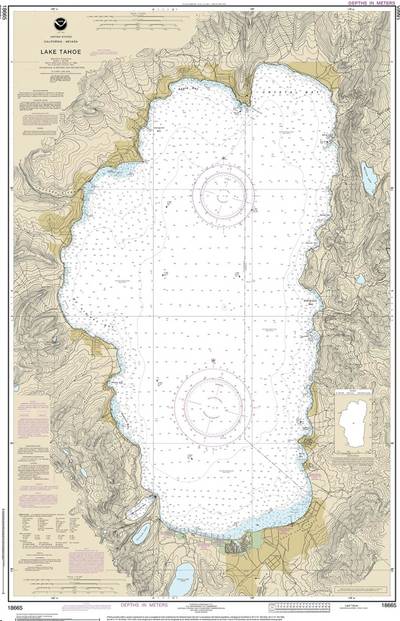 As part of the sunset plan,
As part of the sunset plan, 

